Diversity
Diversity is based on an understanding of the past of the many individual experiences and localities in order to establish a broadly based understanding of the past. In the same way that the big picture relates to local, national and world dimension. Diversity needs to include an appreciation of experiences from rich and poor, men, women and children and different ethnic groups and different period of the past.
Sort by:
Date (Newest first) | Title A-Z
Show:
All |
Articles |
Podcasts |
Multipage Articles
-

Teaching Ancient Egypt
ArticleClick to view -

Chronology: Developing a coherent knowledge
ArticleClick to view -

Why stories?
ArticleClick to view -
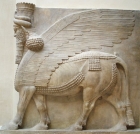
Mesopotamia: Making a picture of Mesopotamia in our heads
ArticleClick to view -

History through connecting classrooms in Bradford and Peshawar, Pakistan
ArticleClick to view -
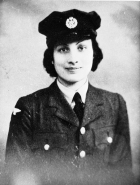
Diversity and the History Curriculum
ArticleClick to view -

Including the Muslim Contribution in the National Curriculum for History
ArticleClick to view -

The world on the wall: exploring diversity on Hadrian's Wall
ArticleClick to view -
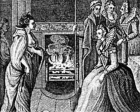
Teaching and learning about Grace O'Malley as a significant woman at Key Stage 1
ArticleClick to view -
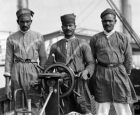
Teaching diversity through drama
ArticleClick to view -

Towards inclusion: A study of significant figures and disability within the national curriculum
ArticleClick to view -

Teaching famous people at key stage one
ArticleClick to view -
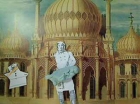
Museums, schools and creativity: How learning can be enhanced
ArticleClick to view -
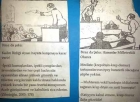
Case Study: Constructing women's past and gender perspective
ArticleClick to view -

Racism and equality through the 1936 Berlin Olympics: the Olympics, Nationalism and Identity
ArticleClick to view -
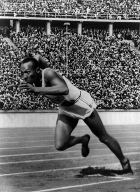
From Champion to Hero: Engaging Pupils in a study of significant Olympians
ArticleClick to view -

Whose history is it anyway?
ArticleClick to view -

Dimensions Of Britishness: Cultural Diversity and Ethnicity
ArticleClick to view -

Learning to engage with documents through role play
ArticleClick to view -
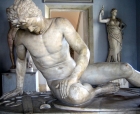
A history of the world - 100 objects that tell a story
ArticleClick to view

